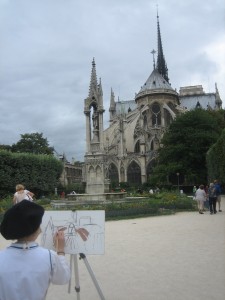 Yesterday the world watched in horror as the famous Notre Dame Cathedral in Paris blazed into the night. I’ve been to Paris a half a dozen times and on all but one trip (an in/out day train commute from Brussels), I made my pilgrimage to Our Lady, Notre Dame.
Yesterday the world watched in horror as the famous Notre Dame Cathedral in Paris blazed into the night. I’ve been to Paris a half a dozen times and on all but one trip (an in/out day train commute from Brussels), I made my pilgrimage to Our Lady, Notre Dame.
One of the marvels of Notre Dame and similar (but never equal) Gothic architecture are the ribbed vaulted ceilings and exterior flying buttresses. These counterbalance the weight of the roof, thus allowing greater height and more space for windows, most prominently the huge rose window, to bring light and color to the interior in the days before electric lamps. Since most of the parishioners at the time were illiterate, copious statuary and towering stained glass windows illustrated biblical stories for the masses.
As the fire burned we all wondered what could be saved. Early signs are that the main towers, walls, and buttresses survived and that the cathedral can be rebuilt, albeit without its centuries-old oak framing. It was that oak framing, as one report put it, “a forest of wooden latticework,” that fueled the fire. Let’s take a closer look.
Most of the framing that held the roof were old-growth trees cut down between 1160 and 1170 – a total of over 13,000 trees – each probably already several hundred years old when cut. For those who have seen Notre Dame, the roof covers a huge expanse, well over 300 feet long and nearly 50 feet wide at its widest, with a sharp pitch to give a peak over 30 feet high from the roof’s base. All this starting more than 100 feet from the cathedral floor. This expansive oak framing was necessary to hold up the heavy lead roof, which weighs in at over 210 tons.
I heard yesterday that as part of the current restoration work (which may have caused the fire) they may have removed several of the large statues from the roof of the cathedral. Thus by a quirk of fate, they are saved. It seems most of the exterior wall gargoyles survived the conflagration. Inside, some of the motive candles lit by current day parishioners and tourists were still gently burning as the wooden framework was being destroyed above.
It will be a while before the final assessment is complete, but early indications are that Notre Dame will be rebuilt with some degree of fealty to the original, although it is impossible to resurrect the centuries-old framework that was lost.
More photos of the interior oak framework can be found on the Notre Dame website. Click around for details on the other features of the cathedral. The text is in French (even on the “English” page) but the photos are worth a look even if you can’t read the language.
Ironically, as I write this I might have been in Paris. I had anticipated renting an apartment for the month of April in the “City of Lights,” but I wasn’t ready to begin researching the book I have in mind so put it off until next year. Although it will take many years to restore the church to any semblance of its former glory, I’ll be back to Paris again soon. As the mourning for Notre Dame so clearly demonstrates, Paris is a city of the world. If you haven’t been there, go. And while you’re there, pay homage to Our Lady, Notre-Dame.
[Photo Credits: Top by David J. Kent, 2008; Interiors from Notre Dame website]
David J. Kent is an avid science traveler and the author of Lincoln: The Man Who Saved America, in Barnes and Noble stores now. His previous books include Tesla: The Wizard of Electricity (2013) and Edison: The Inventor of the Modern World (2016) and two e-books: Nikola Tesla: Renewable Energy Ahead of Its Time and Abraham Lincoln and Nikola Tesla: Connected by Fate.
Check out my Goodreads author page. While you’re at it, “Like” my Facebook author page for more updates!







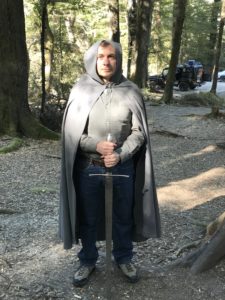 In over
In over 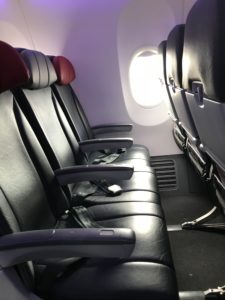
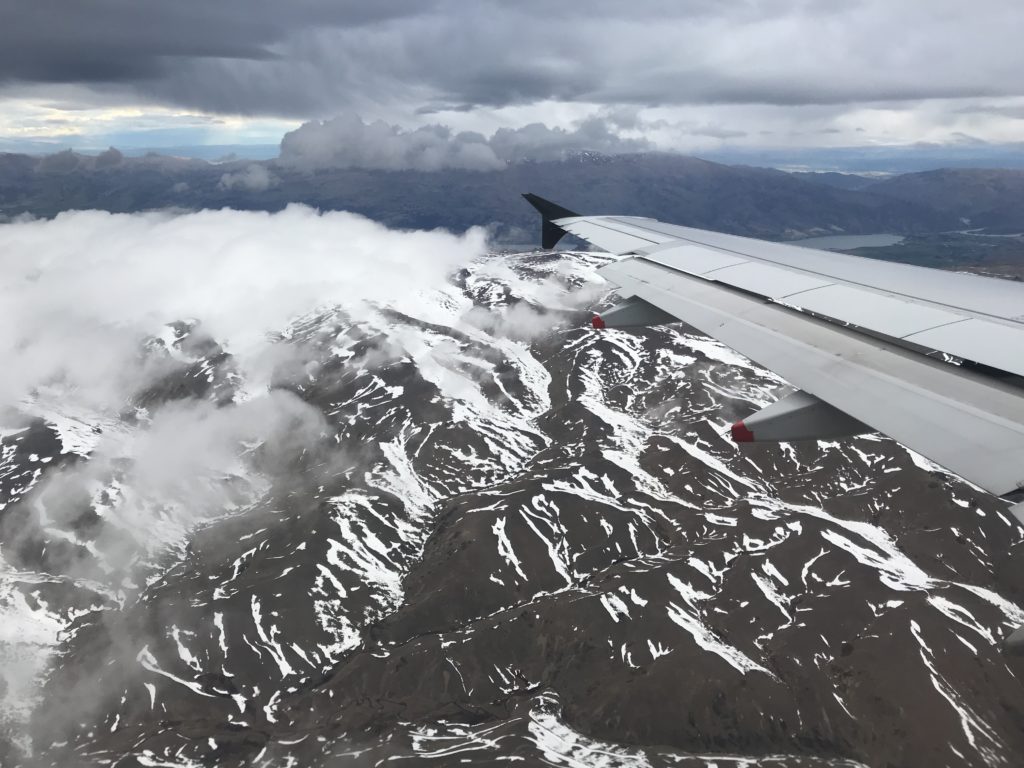




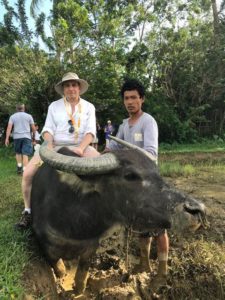 The Philippines consists of 7,641 islands, although about 500 of them disappear at high tide. While the nation has growing industrial and service industries, about 30% of the labor force remains in agriculture, with rice as its biggest commodity.
The Philippines consists of 7,641 islands, although about 500 of them disappear at high tide. While the nation has growing industrial and service industries, about 30% of the labor force remains in agriculture, with rice as its biggest commodity.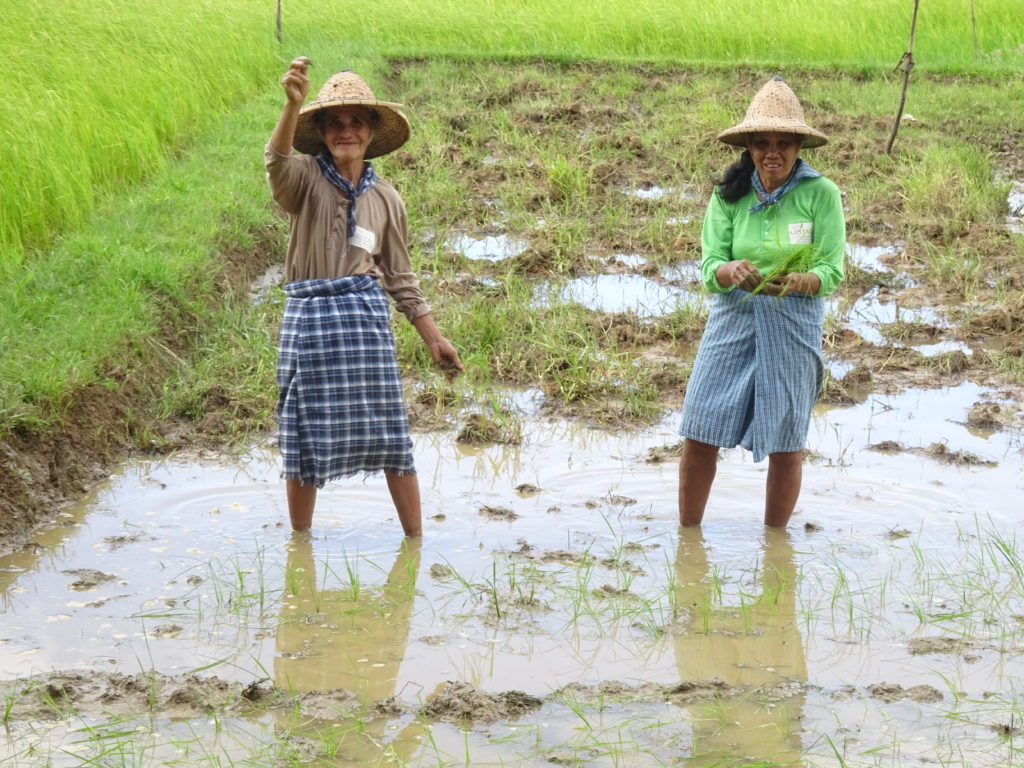 My science education also didn’t stop with rice. Motag also showed us how to hack coconuts out of their outer husk using a sharp stick, then use another sharp stick to break up the coconut meat into flakes. We also got to taste coconut water and coconut milk. Coconut also played a role (no pun intended) as “paper” at the local toilet hole. Mixing coconut flakes with water makes a handy shampoo, while a coconut and leaves blend works great as a natural soap. These seemed to work better than the leaves sometimes used at the hole and sometimes to sandpaper the bark off trees (for which it worked way too well). Later I would enjoy the traditional coconut pie and 80-proof coconut wine/liquor.
My science education also didn’t stop with rice. Motag also showed us how to hack coconuts out of their outer husk using a sharp stick, then use another sharp stick to break up the coconut meat into flakes. We also got to taste coconut water and coconut milk. Coconut also played a role (no pun intended) as “paper” at the local toilet hole. Mixing coconut flakes with water makes a handy shampoo, while a coconut and leaves blend works great as a natural soap. These seemed to work better than the leaves sometimes used at the hole and sometimes to sandpaper the bark off trees (for which it worked way too well). Later I would enjoy the traditional coconut pie and 80-proof coconut wine/liquor.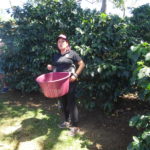 During a recent visit to Costa Rica I learned how to make coffee. From scratch, like from the beans. I toured the
During a recent visit to Costa Rica I learned how to make coffee. From scratch, like from the beans. I toured the 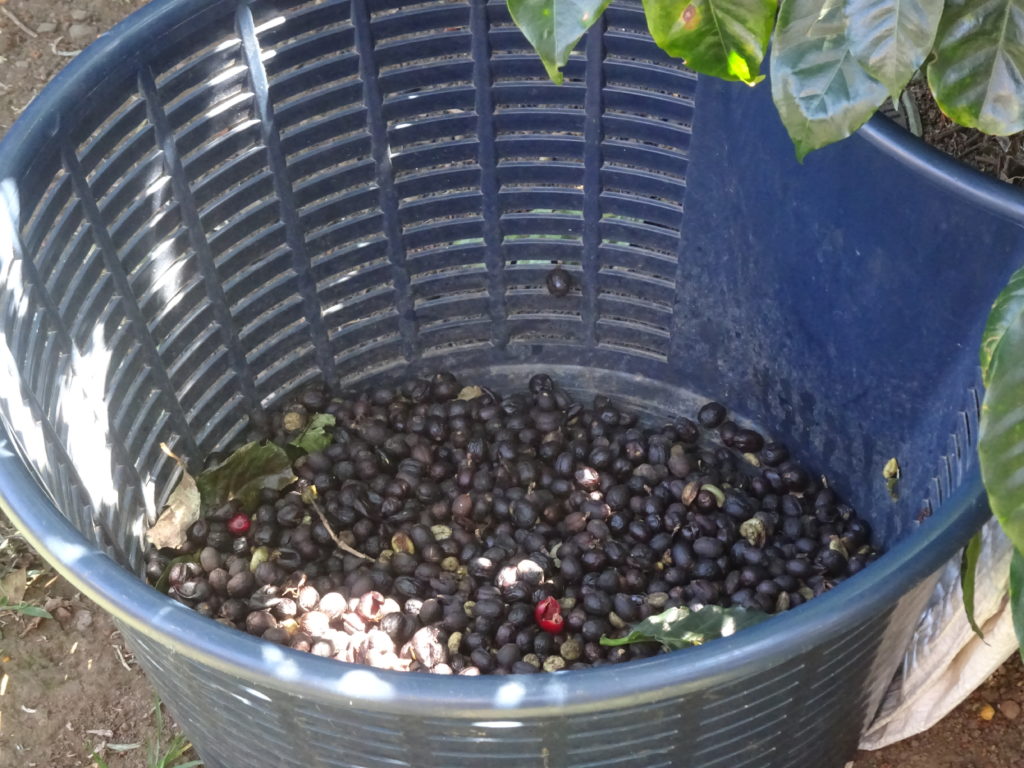
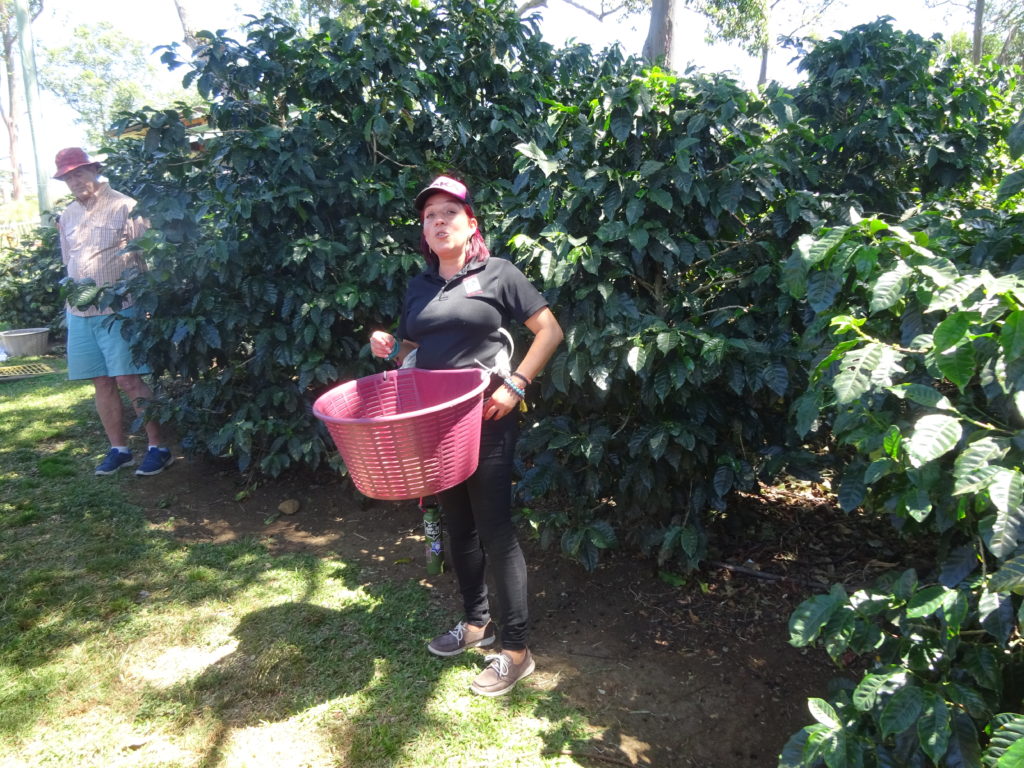
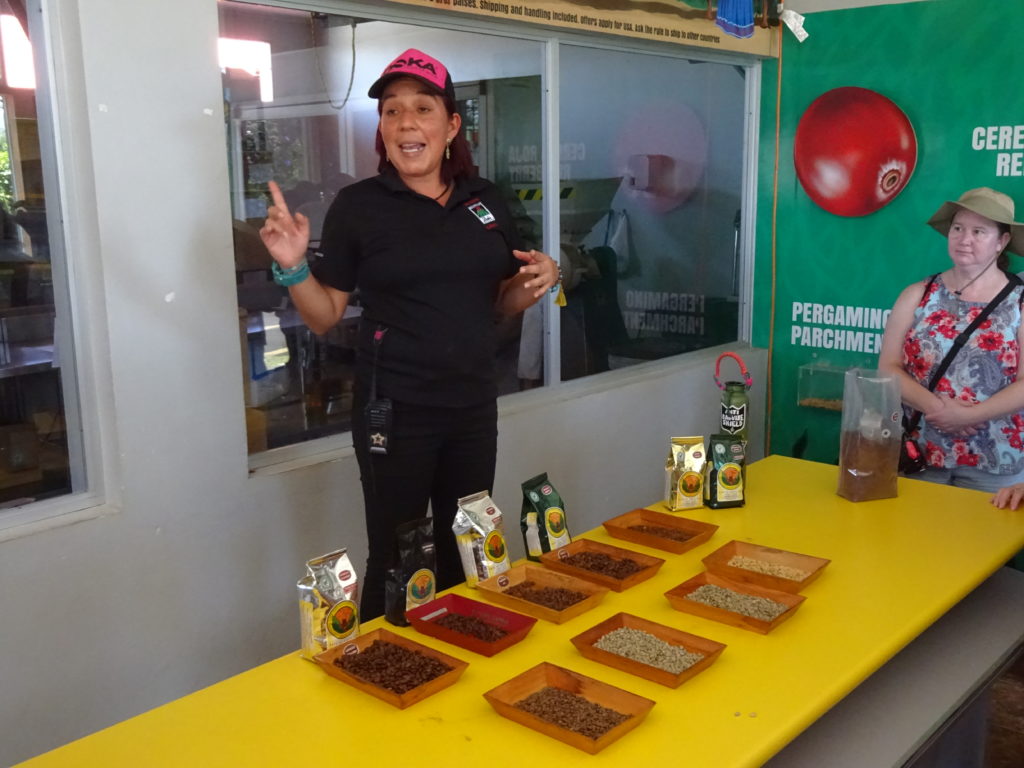

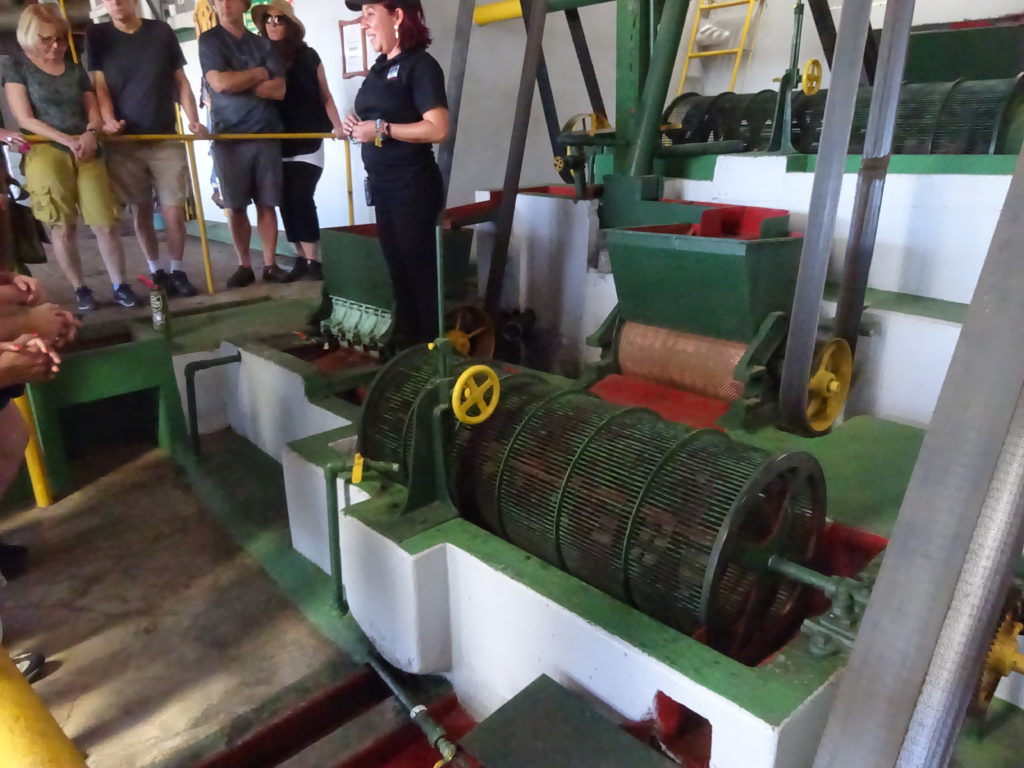
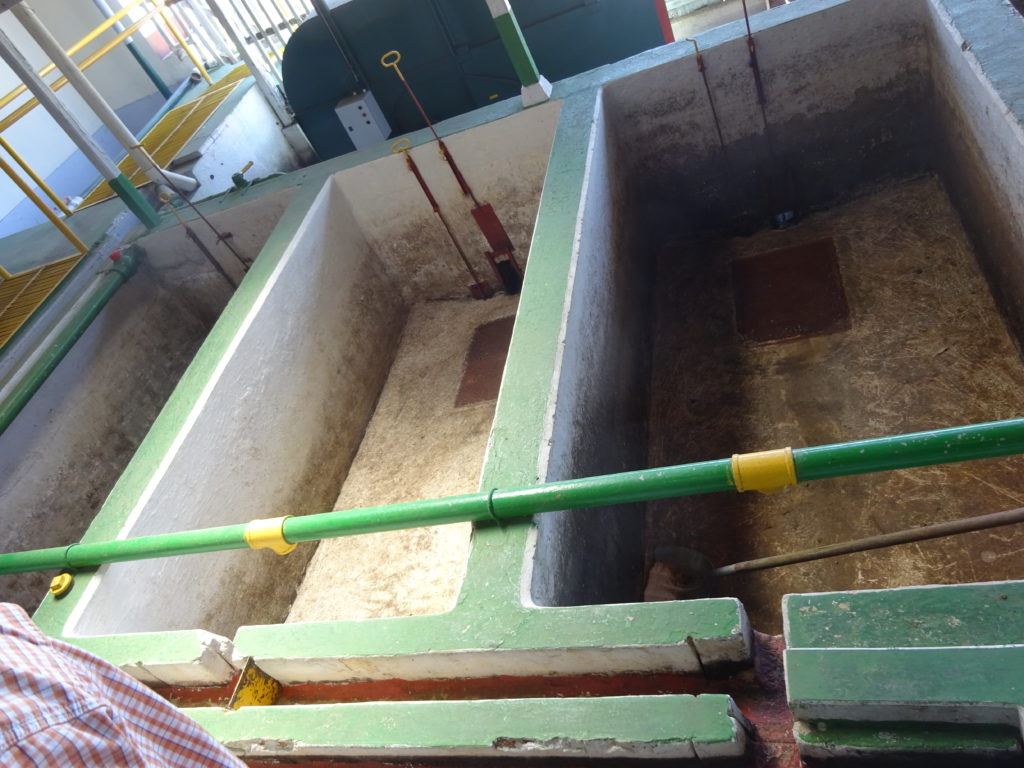
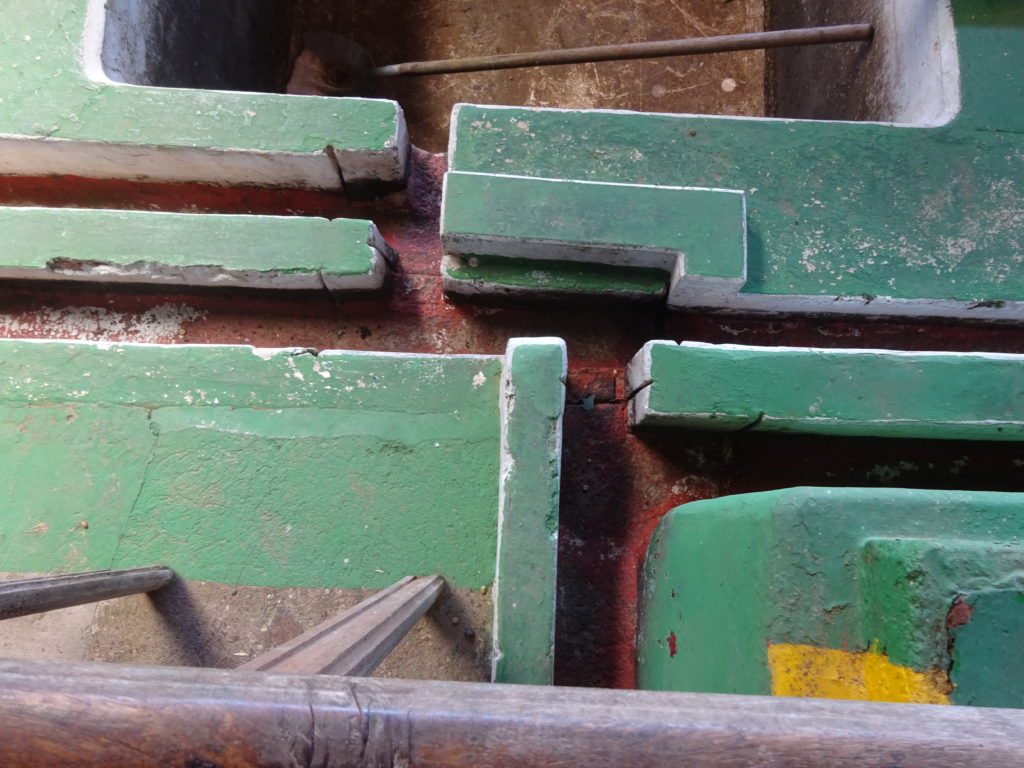
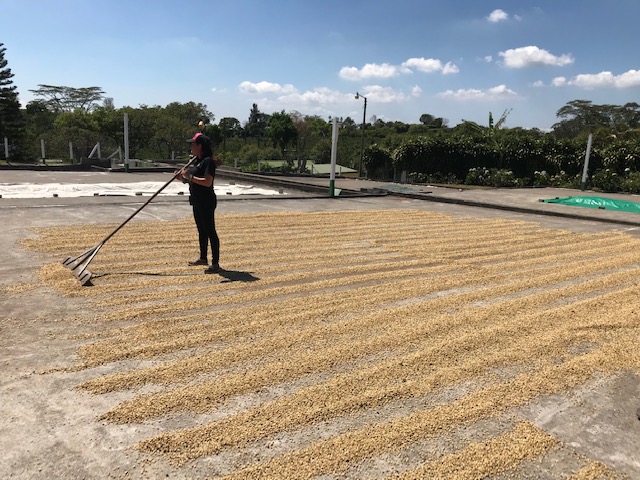



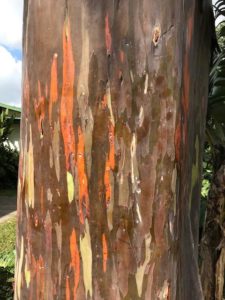
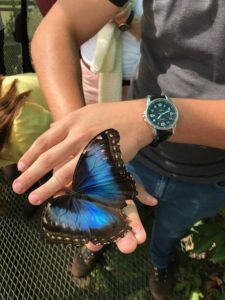
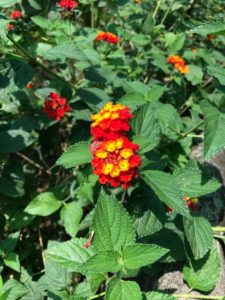


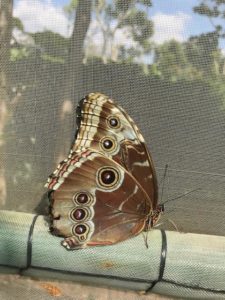
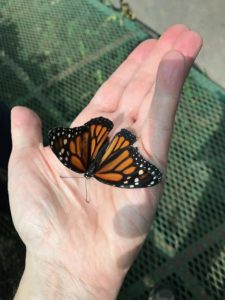
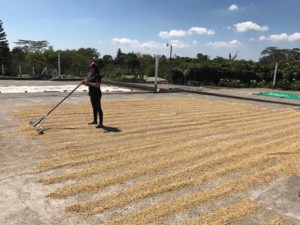
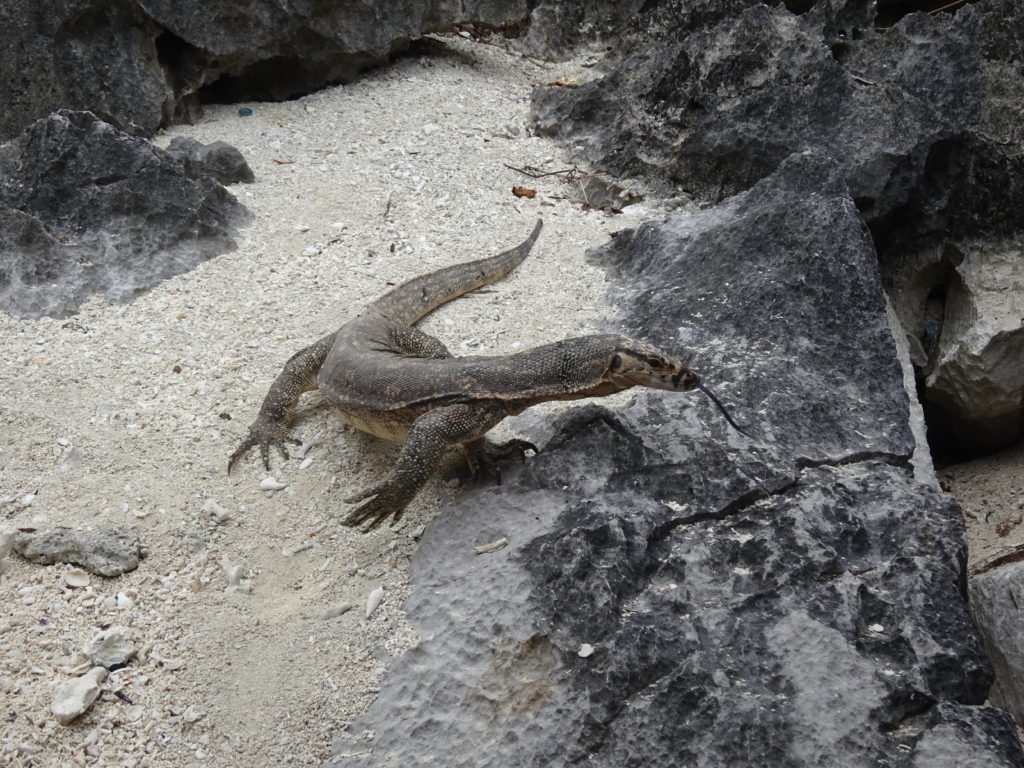 A close relative of the somewhat larger and more famous Komodo Dragon, all monitor lizards belong to the genus Varanus, a word derived from the Arabic meaning “dragon” or my favorite, “lizard beast.” And what a beast he was (but in a good way).
A close relative of the somewhat larger and more famous Komodo Dragon, all monitor lizards belong to the genus Varanus, a word derived from the Arabic meaning “dragon” or my favorite, “lizard beast.” And what a beast he was (but in a good way).
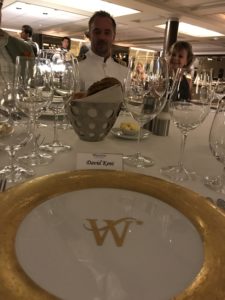 One of the many thrills from my most recent
One of the many thrills from my most recent 

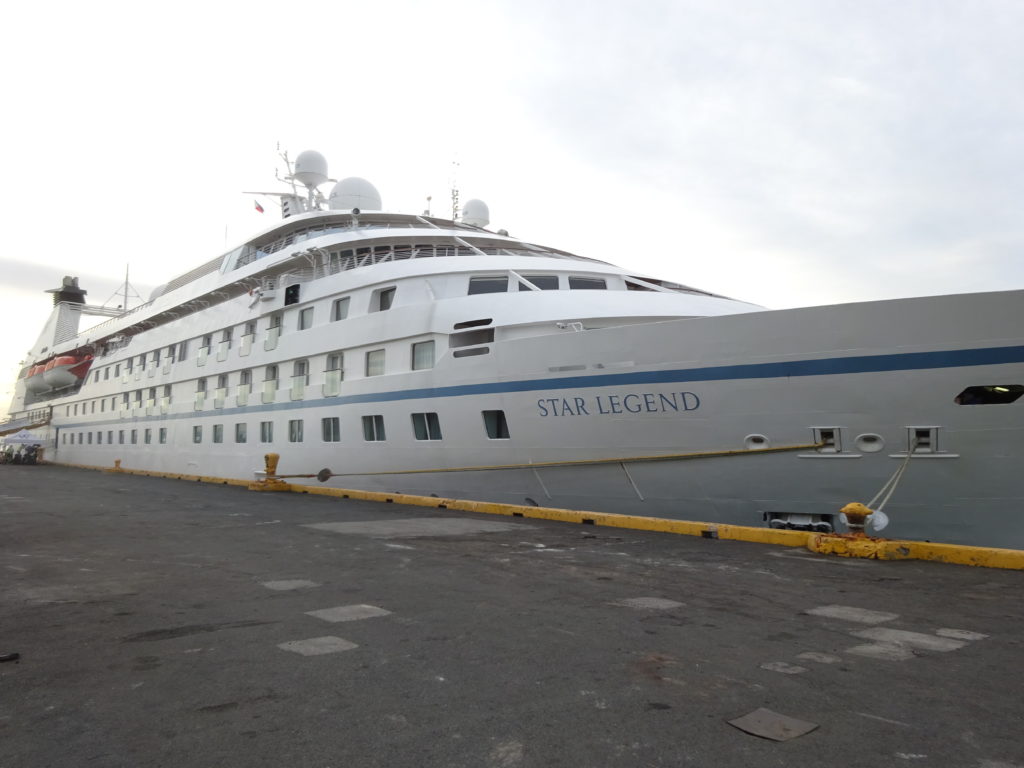 The end of June put me on a
The end of June put me on a  Three days later we flew out to
Three days later we flew out to 








